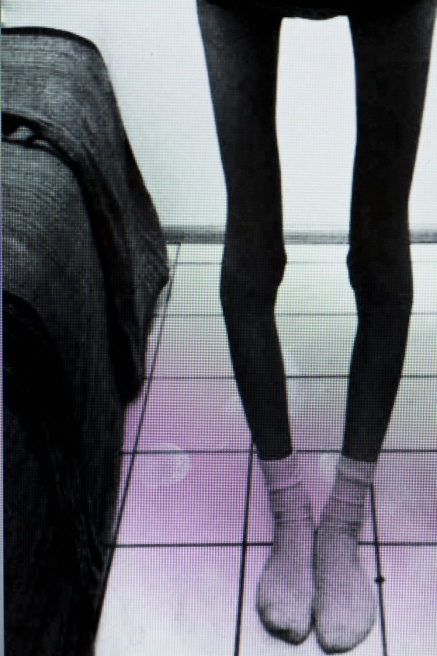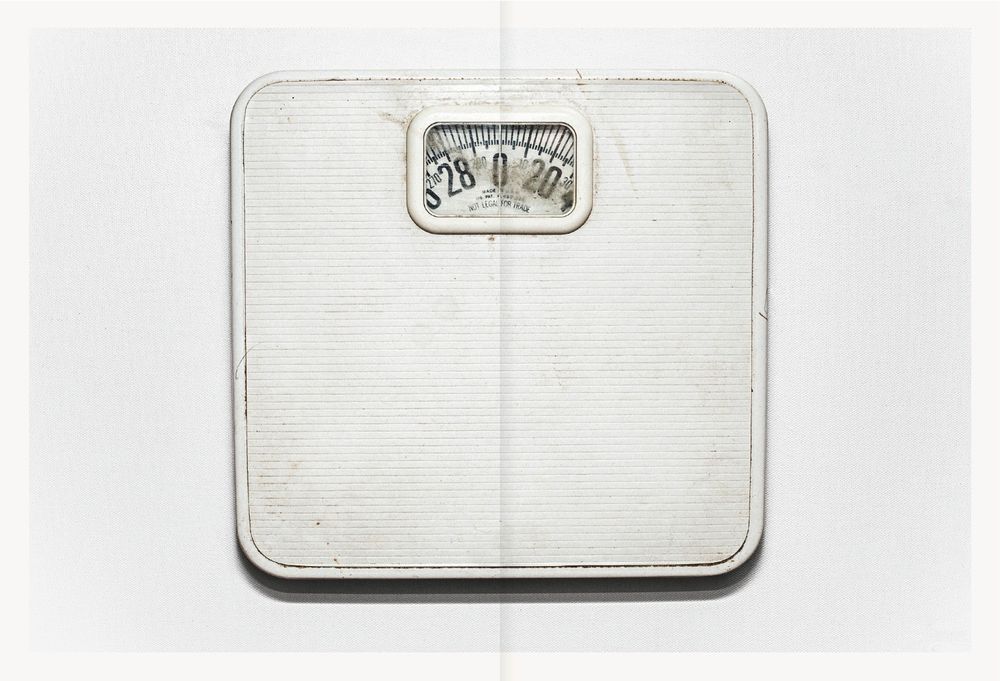Laia Abril is a Spanish documentary photographer who often tells stories through her work, mostly relating to femininity and the struggles of life as a woman in the modern world. She has a degree in journalism, which is perhaps where her interest in telling a narrative in her work evolved from, Her long-term project, “A History Of Misogyny” has been awarded the Royal Photographic Society’s Hood Medal and the Paul Huf Award from Foam Fotografiemuseum Amsterdam.
Another of her notable projects is “On Eating Disorders”, including “Thinspiration” and “The Epilogue”, which explored and documented both anorexia and bulimia. “Thispiration” comes from the term used by the pro-ana (pro-anorexia) community to describe the images of skinny, sometimes skeletal women that they surrounded themselves with and used as incentive to keep restricting their diet; literally “thin-inspiration”. It is a zine comprised of a collection of these images, exploring the connection between photography and social media culture and the battle with a person’s identity and self-worth that accompanies these sorts of disorders. These images (below) can be quite difficult to look at, as the widespread increase of eating disorders from the early 2000s onwards resulted in many fatalities and are still prevalent today. Unfortunately some of the women pictured may have succumbed to the disease and passed away as a result of continued and extreme malnutrition, but this hasn’t stopped young people, men and women alike, to develop the disorder even nowadays.
Abril focuses on bulimia in “The Epilogue”, but in a more personal way than the generalised study in “Thinspiration”, as she followed a family recovering from the loss of a daughter as a result of bulimia. It feels far more intimate and painful, as she closely captures how the family are grieving their child from an inside perspective, as well as featuring images and memories from Cammy’s (the daughter) childhood and young adult life. It switches between photographing her absence in the aftermath of her death, and how she was present but quietly suffering when she was alive. The book also features commentary from both her parents and other loved ones, discussing how they perceived her illness and their struggles with guilt, shame, confusion and loss following Cammy’s passing.

Cammy’s father 

Cammy’s mother 
from Cammy’s birth





Cammy and her brother

IMAGE ANALYSIS-

The image is darker in the foreground than in the background, as the bright sun casts highlights on the outside. The picture as a whole feels undoubtedly lonely, and the father’s expression, deep in thought, conveys this further.
This image is particularly impactful for several reasons, in my opinion. The colours and angle of the image result in it feeling like the camera lens is replacing your own eyes, and the image could be something that you see for yourself while walking through the house. Cammy’s father is the main focal point of the image, and so is centre-frame, looking off in to the distance as if deep in thought. the image is spilt into three parts through the separations of the window in the foreground, so it is easier to recognise how it symbolises his sense of loneliness and the self-isolation that can occur during the grieving process.








